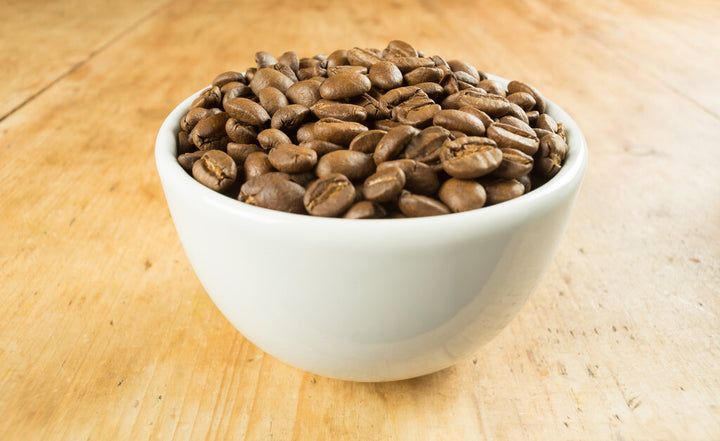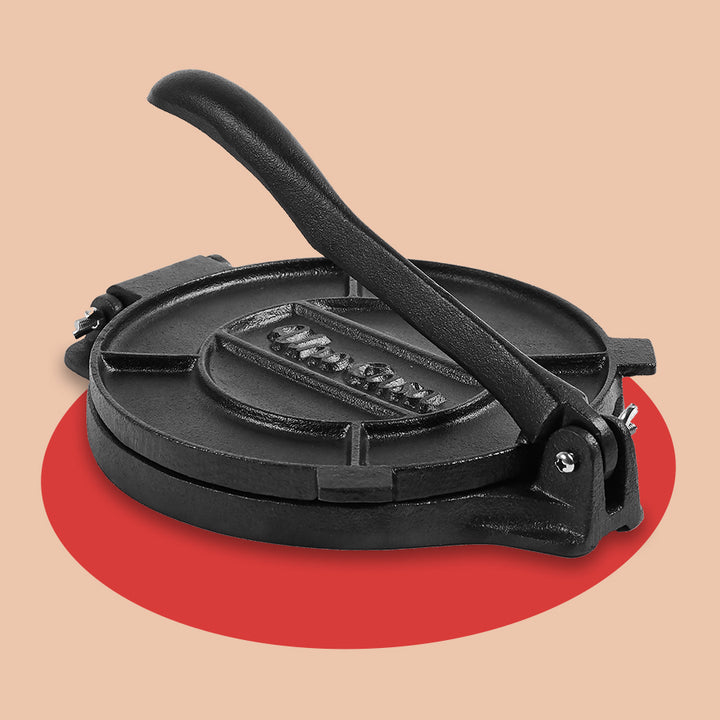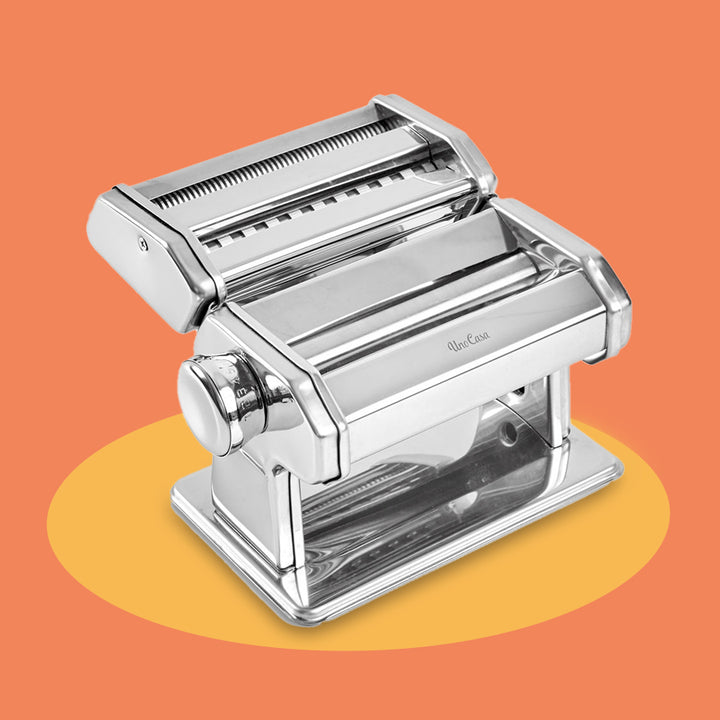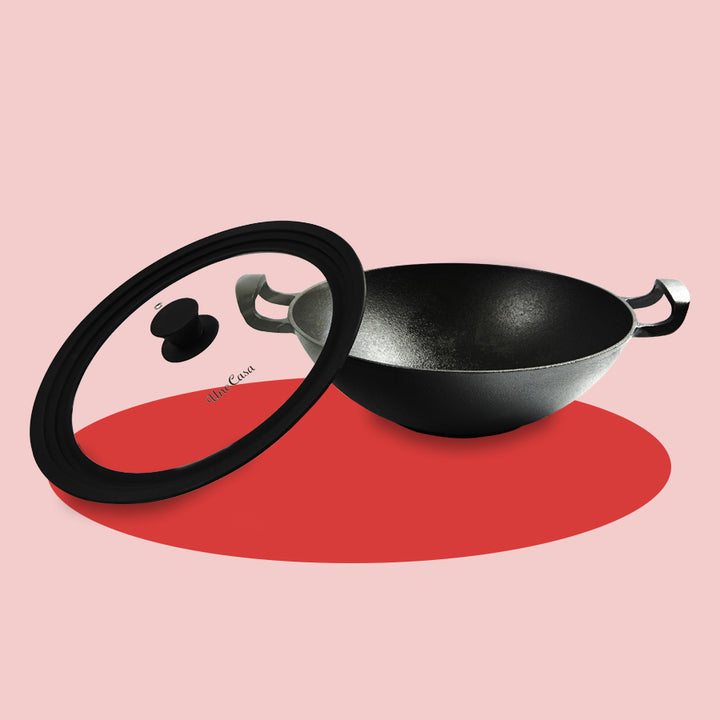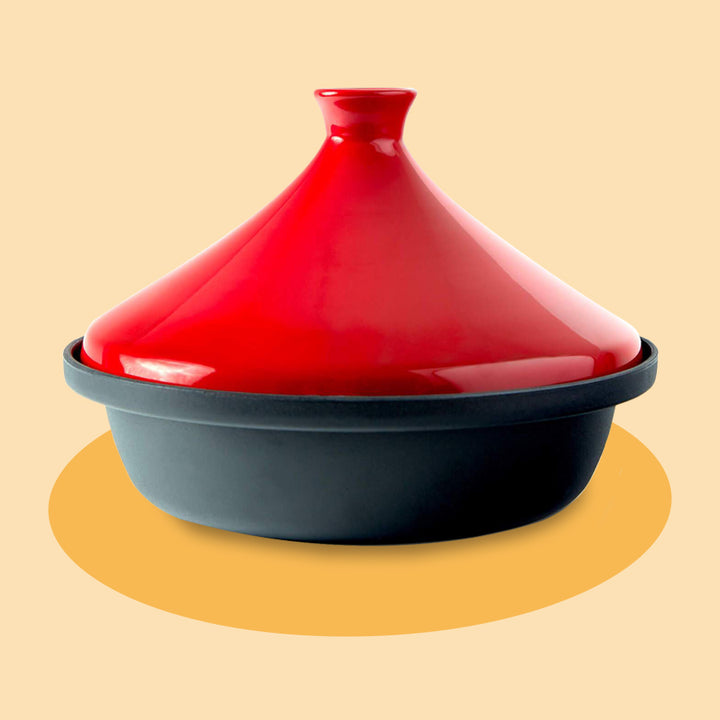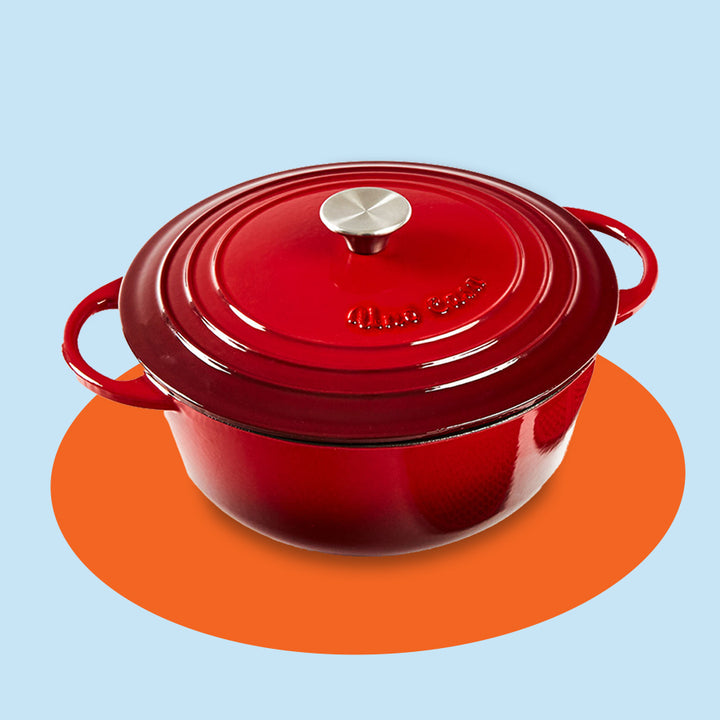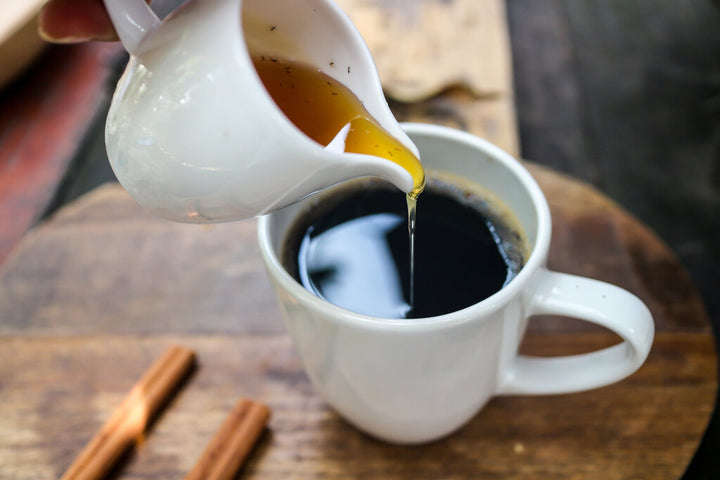How is Coffee Made: How Coffee Gets From Farm to Mug

It’s easy to take coffee for granted as you sip on a hot mug of your favorite brew in the morning. For many of us, coffee is an essential start to the day, and for many more, we need it to make it through the rest of the day! But how often do you ever wonder how is coffee made?
The answer is fascinating. Coffee has a long, long journey to make before it ends up on sale in your local store or at the coffee shop. It’s a process that can take years, starting with coffee plants being grown and ending with you being able to enjoy a cup of coffee.
Get your pour-over coffee maker ready because, in this article, we’ll be exploring the epic journey that coffee makes before it ends up in a mug. How is coffee made? Let’s find out!
Where does coffee come from?
Whether it’s instant coffee or a fancy new blend at your local coffee shop, all types of coffee come from the same major family of plants and are prepared using the same principles.
- Coffee is made from coffee beans, which are small seeds taken from the coffee fruit. While we’ve all seen a roasted coffee bean before, we don’t often see coffee fruits.
- Interestingly, the coffee fruit is red in color when ripe (and green when it’s growing), and it looks like a small cherry. The fruit, however, is removed during the preparation process, which ensures we only ever see the bean.
- Coffee fruits are grown on Coffea plants, and there are a wide variety of different coffee plant species in the coffee family. Different species give us different types of beans, with their own distinct tastes and aromas. Many types of coffee that are served in shops are a blend of two or more types of beans.
- The most well-known coffee plants are the Coffea arabica, which gives us the arabica bean, and Coffea robusta, which gives us the robusta bean. These two species account for the vast majority of world coffee production.
- The coffee bean has to be harvested from the plant when the fruit is ripe, and from there, it begins a long process of drying, roasting, and grinding before embarking on the journey to your coffee mug.
Where do coffee beans grow?
But where is coffee from, exactly? Where do coffee beans come from, and what conditions do coffee plants need to thrive?
If you live in the US, then it’s likely that your coffee comes from another country. That’s because coffee plants need a particular climate for them to flourish, and that climate is subtropical.
- The coffee plant is today grown all over the world, particularly in areas of Central and South America, Southeast Asia, and Africa.
- The first coffee plants, however, are thought to have originated in the highlands of Ethiopia or in the mountains of Yemen (and if you’re wondering ‘who invented coffee’ in its drinkable form, this was also either Arabians or Ethiopians!).
- Coffee drinking became fashionable in the last few centuries, and the coffee plant was exported en masse while new species were developed to meet the demands of local climates and the tastes of consumers.
- Different beans like different conditions, but many coffee plantations are located in higher altitude areas. In Guatemala, for instance, coffee plantations find favorable conditions and nutrient-rich soil on the slopes of volcanoes!
What is the main ingredient of coffee beans?
The main ingredient in coffee beans is caffeine. For many coffee lovers, it’s the caffeine in a coffee bean that’s the reason we love drinking it in the first place!
Coffee beans naturally contain caffeine, which in humans works as a pick-me-up, and a very effective stimulant.
And how much caffeine is in one coffee bean? This depends on the bean. For practical purposes, though, you can expect an average cup of home-brewed coffee to contain 40mg of caffeine.
How do you make coffee: the step by step process
Now we know where coffee beans come from and where they are grown, it’s time to look at how those coffee beans end up in your brew.
The entire process is a lengthy one, from planting to brewing, but here’s a step-by-step guide to making coffee.
1. Planting
It all begins on the coffee plantation or the grower’s farm, where the coffee first has to be planted. The coffee bean itself is the seed for the plant, so these need to be sewn into the ground.
Once planted, it’s a waiting game: coffee plants can take as long as five years before they start to actually bear fruit. Throughout this time, the plants need to be watered, they need to be shaded, and they need to be protected.
When they start growing fruit, though, a coffee plant can continue for decades!
2. Harvesting
After several years, waiting patiently, the farmer next needs to start harvesting the coffee fruits when they are ripe.
The coffee cherries grow from coffee flowers, and depending on the climate, there can be either one or two harvests per year.
The harvesting process itself varies from one farm to the next:
- Small, community-orientated coffee farms will employ people to pick by hand.
- Larger, commercialized farms often use machinery.
3. Processing
Coffee fruits next need to be processed to sort the good from the bad and to remove any unwanted objects, such as twigs.
Ripe coffee fruit is then pulped, a process that removes the fleshy fruit, leaving behind the coffee bean that we are more familiar with (although at this stage, the beans are still green!).
4. Drying and millingNext, the coffee beans need to be dried then milled. Often, this simply means leaving the beans out in the sun.
The drying stage allows the beans to be stored or transported, as they keep for months.
The milling process removes any excess layers of skin from the coffee bean and essentially polishes it to produce a higher-quality product that can be more easily sold.
5. ExportingCoffee beans then need to be exported in order to reach their next destination in the supply chain. Small coffee farmers often sell their beans to collectives, while larger companies have their own distribution methods.
6. Roasting
Before the beans reach your local coffee shop, they still need to be roasted, however. The green beans are heated at high heat, often in large quantities.
The roasting stage releases different qualities, and different beans release different aromas and flavors, depending on how long they are roasted for and how high the temperatures are. At this point, green beans become the brown beans we know.
7. GrindingRoasted coffee beans then need to be ground down, ready to be brewed. Coffee is sold either unground or already ground.
Instant coffee is ground before it’s packaged, for instance, while most coffee shops will buy roasted beans and grind them on-site for the freshest brews.
8. BrewingIn the final stage, five or more years after the coffee seeds were first planted in the ground, it’s time to start brewing.
There are countless ways to make coffee you can choose from: aeropresses, cafetieres, barista machines, gooseneck kettle, and so many more options to consider!
How is coffee made: the last say
The next time you sit down with a hot brew, you can answer the question - how does coffee grow, and where is it from?.
First, coffee trees have to be planted, then the beans have to be picked (don’t forget, this often has to be done by hand!), and then those beans slowly make their way to you, to be brewed!
It’s a long yet intriguing process, and a process that all coffee lovers should appreciate when they are enjoying the fruits of the hard labor.
Why not bookmark our guide to coffee, so you know what coffee is made of.
Leave a comment
Comments will be approved before showing up.
Also in Tips
